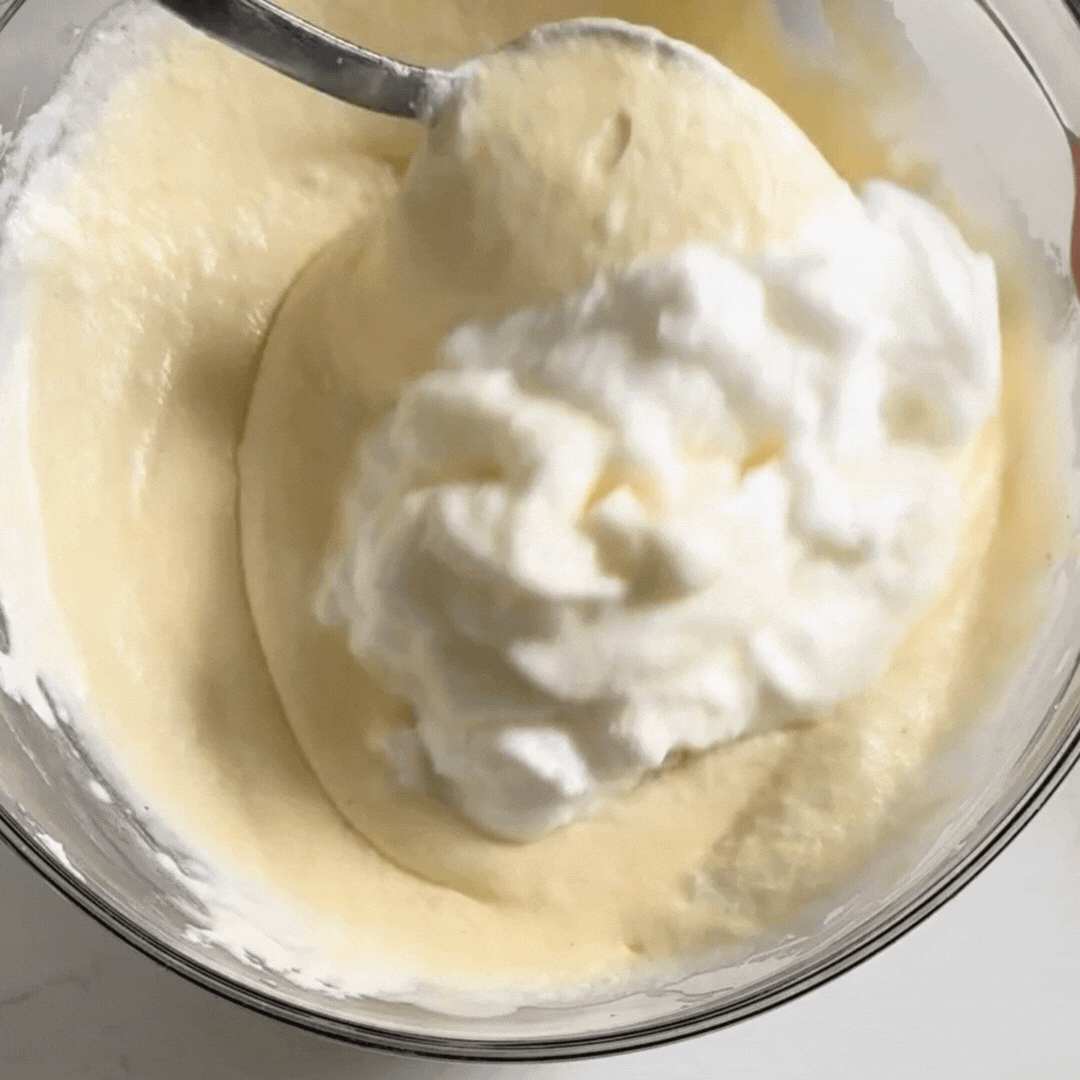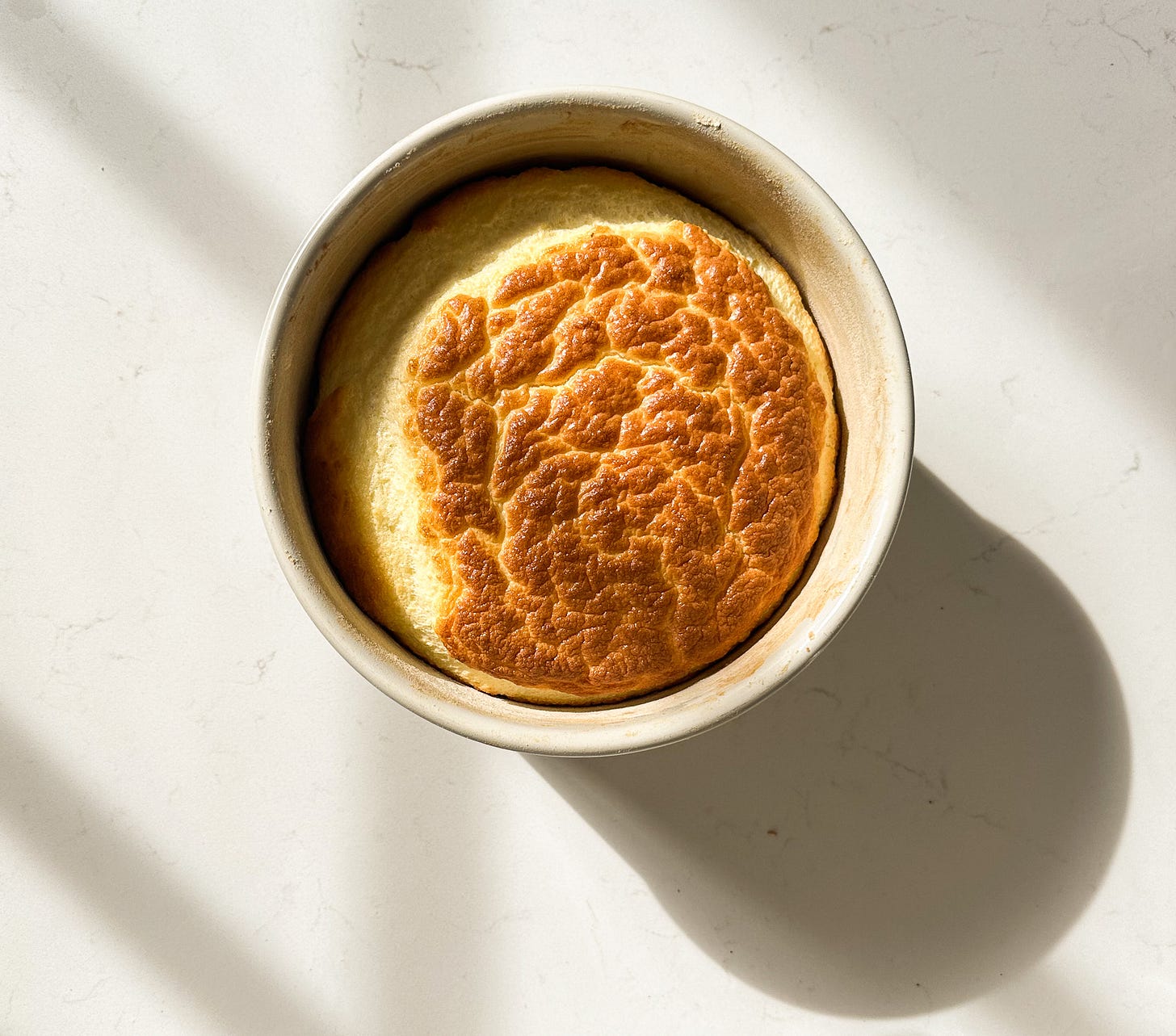I am standing at the ping pong table in the basement, folding laundry. I leave a space in front of me so I have enough room to smooth the t-shirts with my hand, fold the sleeves inward, then fold the shirts in half horizontally. This is my technique.
On the television is American Symphony, Jon Batiste’s multi-nominated documentary chronicling the composition of a symphony in the midst of his partner Suleika Jaouad's cancer relapse. A friend suggested I watch it, with a follow up email saying, “don’t let it slip too far down the list.” She was right.
Early in the documentary Batiste says that his father was his first musical, multi-instrumental mentor, while his mother believed in classical piano as the foundation. “Know your craft, do your thing.”
So here I am, tears on the t-shirts, thinking about art, love and the importance of honing a craft.
Craft requires practicing, knowing and understanding technique. I had forgotten about technique and the role it plays in learning until chef Lauren Gerry mentioned the word, several times, in a recent episode of The Food Podcast. Lauren is a forever student and teacher, always gathering and sharing culinary techniques as she moves throughout life. I went to cooking school in my twenties for the sole purpose of learning culinary techniques so I could go forth and write food stories with knowledge. But somewhere along the line technique became a blurred step in a recipe, a way of doing that I couldn’t parse out and articulate. A few weeks ago in a writing class the prompt was to write instructions on how to do something, anything, in the particular way in which you do it. I sat, stumped. Of course I have a way of doing things, but at that moment, I could only think of a few:
-alternate tossing snow over right then left shoulder while shoveling to balance out shoulder wear and tear
-peel large numbers of boiled eggs quickly by placing them in a tupperware filled with water, putting the lid on, shaking the container until eggs are cracked then peel eggs right there in the water
-oh and Julia Turshen just shared on Instagram how to shred cooked chicken using a hand held mixer. Some would call it a hack. It’d say it’s a culinary technique
Remembering what you know and breaking it down into teachable techniques is a craft in itself.
So I’m going back to basics. I pull Jacques Pépin’s A French Chef Cooks and Home, copyright 1975, off my shelf. His previous titles, at that point in his illustrious career, included La Technique and La Methode. Who better to guide me through a cheese soufflé, a dish that relies heavily on technique. (I’ve been thinking about soufflé ever since Liz Chute taught me how to make a bed as fluffy as a soufflé in this episode of The Food Podcast). The word technique sounds intimidating. But technique really is just a way of doing something so the results will be consistent, and the more you practice, the more efficient you’ll become. Like folding a t-shirt vertically then horizontally on a ping pong table while watching a documentary. I can do this quickly now.
Anyway, back to soufflé. After scouring other cookbooks and recipes online, it became clear that there’s a basic formula for soufflé: roux, milk, egg yolks, whipped egg whites, flavourings, a well greased cooking vessel, a hot oven, and for extra points, a bain marie. Flavourings vary, from spinach to orange, cheese to chocolate. Cheese soufflés are easiest, says Pépin. The cheese melts and holds the ingredients together, while chocolate is heavier and weighs the ingredients down. “Don’t make a chocolate soufflé on your first try.”
Techniques of note, with quotes from Pépin:
1. Greasing the soufflé dish. Once you’ve determined you have the correct size dish for the recipe, grease it well, even the curve in the bottom. Add a few tablespoons of flour, tap it around thoroughly, tip it upside down to shake out any excess flour, then put the dish in the fridge.
“It is important to have the mold well coated and cold because it will help the soufflé to rise straight up.”
Soufflé comes from the French verb souffler - to breathe, inflate, puff up. You do not want anything to get in the way of that beautiful puff. Imagine pulling silky stockings over dry legs. There will be snags! If a soufflé snags, it won’t rise. Keep everything as smooth and snag-free as possible.
2. The roux. A roux is a mixture of equal parts butter and flour cooked gently while stirring over low heat until the mixture becomes foamy. My Scottish cooking school instructor would say, “mix it until it looks like toothpaste, and don’t let it brown!” When it’s foamy and toothpaste like, remove the roux from the heat and whisk in milk. Some recipes call for cream. Both will work. Put the pot back on the stove and whisk well until the mixture has thickened. It is now called a béchamel. Season the béchamel with a pinch of nutmeg, salt and pepper, if making a cheese soufflé. Purists don’t like the speckled quality of cracked pepper against a pale yellow soufflé. This is where white pepper comes in, but I do not like white pepper. So speckled it is. I’ve gone beyond technique into personal thoughts here. I digress.
3. Folding egg whites. After the roux is made, after it becomes a béchamel and is cooled a little, after egg yolks are whisked into the mixture, one at a time, it is time to fold in the stiffly beaten egg whites. In Pépin’s words,
“Folding means that instead of stirring the ingredients in a circular movement from side to side, you stir the ingredients in a circular up-and-down movement. The spatula cuts going down through the ingredients and is kept flat coming up to lift the mixture.”
In other words, be gentle. A metal spoon works well here. It cuts through the mixture without deflating all the air bubbles trapped in the whites. The bubbles expand as the soufflé cooks, “pushing it into its magnificent puff.” Again, you don’t want to ruin that magnificent puff.
My soufflé is magnificently puffy, but the top is a little crispy. Next time I will bake it in a bain marie. This means I will place the dish in a roasting pan filled with water. The water will create a gentler heat inside the oven which will soften the top of the soufflé. I will also try the ‘Best-Ever Cheese Soufflé’ recipe from Food & Wine1. My soufflé could have been cheesier, and that one is laden with cheese.
Why keep going?
Because I want to know my craft. And do my thing.

Best-Ever Cheese Soufflé - Food & Wine






You know, Lindsay, that it's the words you write ABOUT your cooking life that are the tasters, the tasting and the tastiest to an average cook like me. What a stellar read!
I love the metaphor in this piece and the feeling I’m left with, both a desire to make soufflé and to practice my craft/s x